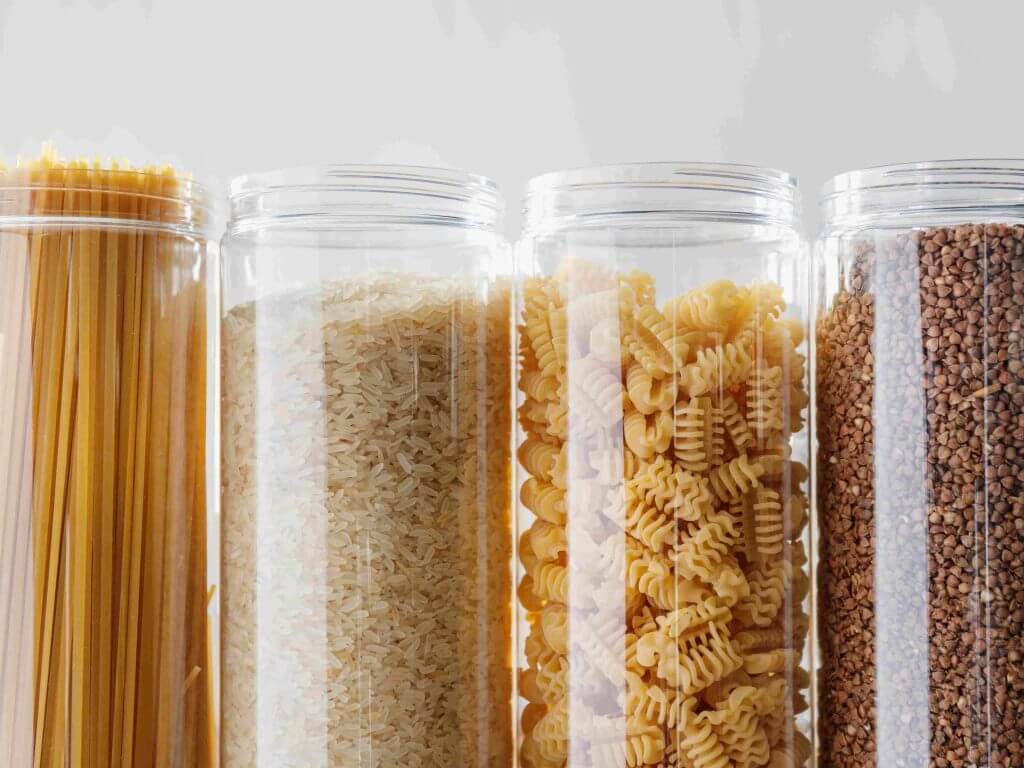What are noble gases and why are said gases used in food packaging?
Noble gases are sometimes referred to as aerogens and they are a group if elements of the periodic table that share similar properties.
These gases are all odourless, colourless, monatomic gases with a very low chemical reactivity. They were discovered by Sir William Ramsay in 1898 when he found that helium was present in air even when it had been completely removed from a closed container. He discovered that this was a result of its solubility in liquid nitrogen and named the gas “noble.”
Noble gases do not form chemical compounds with other elements and are unreactive under normal conditions. The six naturally occurring noble gases are helium (He), neon (Ne). argon (Ar), krypton (Kr), xenon (Xe) and the radioactive radon (Rn).
Why are noble gases used in food packaging?
Food can go off pretty quickly if it is exposed to certain outside factors – the most common being mould and bacteria which causes pathogens to attack. When this happens. You’re at risk of food poisoning from food borne illnesses such as botulism and listeria, so it is vital that food is packaged in a way that this contamination does not occur.
Mould spores are actually present in the air but in moderation they are not dangerous, however if they land on exposed food they can get out of control. Eating food with mould on it can be dangerous to health.
One way in which manufacturers have dealt with these problems is to introduce preservatives, salts and other kinds of substances, however this isn’t the best solution to the problem. Most of us really want food that’s as fresh as it can be, without compromising its health benefits. Basically, today’s health-conscious shopper doesn’t want food that’s filled full of chemicals which is why manufacturers are looking at other ways of preserving produce. For this reason, they are turning to a more natural way to extend the shelf life of food using natural gases that are found in the earth’s atmosphere.
One major reason that noble gases are commonly the gases used in food packaging is that they do not react with other chemicals. That means they won’t react with food or produce any toxic by-products while maintaining the freshness of foodstuffs and they won’t react with oxygen which causes food to deteriorate quickly. You only have to leave a banana out of its skin for a short while to see how discoloured it becomes if left in the open air and becomes oxidised.
Noble gases are the perfect solution when it comes to packaging as they also prevent the release of harmful chemicals and smells into the environment.
They are a much safer option too. Essentially, they won’t react with whatever the packaging is made from. For example, they wouldn’t corrode the tins which are used for canned food.
As you can see, noble gases are the ideal choice when it comes to food packaging, as they do not harm us, keeping harmful toxins at bay.
Low boiling point
The low boiling point of noble gases has another advantage and that is their cooling property. They evaporate easily and that maintains a lower temperature for the product. This is an important factor as higher temperatures cause food to degrade much more quickly.
Argon for example, is used to create a vacuum seal for containers and this will also help keep comestibles cool.
Which are the gases used in food packaging?
Nitrogen, oxygen, and carbon dioxide are used alone or are blended in a specific way, with the aim of extending product shelf life and to prevent the molecular breakdown of many different foodstuffs.
These gases can help prevent the discoloration associated with oxidisation and provide an added barrier against the spoilage of fresh produce, raw meats including poultry and fish and packaged baked snack foods, such as crisps and biscuits.
The process of using gases to naturally preserve foods is called modified atmospheric packaging (MAP). The type of gas or mixture of different gases all depends on what kinds of produce requires preservation. MAP involves changing the atmosphere inside the container the food is packaged in and replacing it with a specified level of pure gas or a blend of nitrogen, oxygen and carbon dioxide, in order to preserve the food for longer. In this way the food lasts longer, won’t threaten a person’s health and will taste better than if it was filled full of preservatives and other additives.
If you wish to learn more about how to package your food, using noble gasses or just in general, then you can get in touch with us for more information. We can point you in the right direction for which type of food packaging you require, whether it be commercial food storage containers, plastic square containers, plastic round containers, or containers for meal prep.

